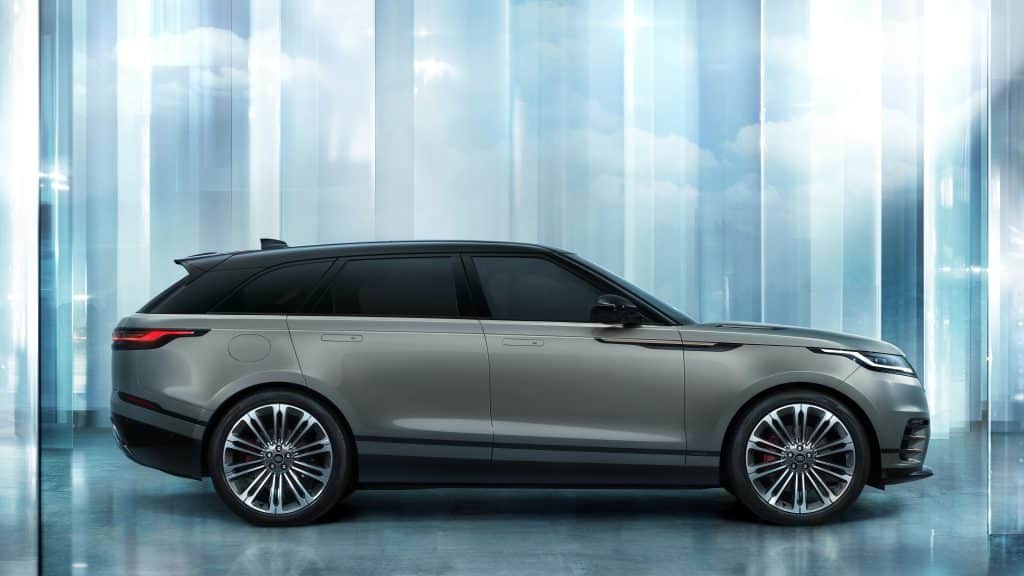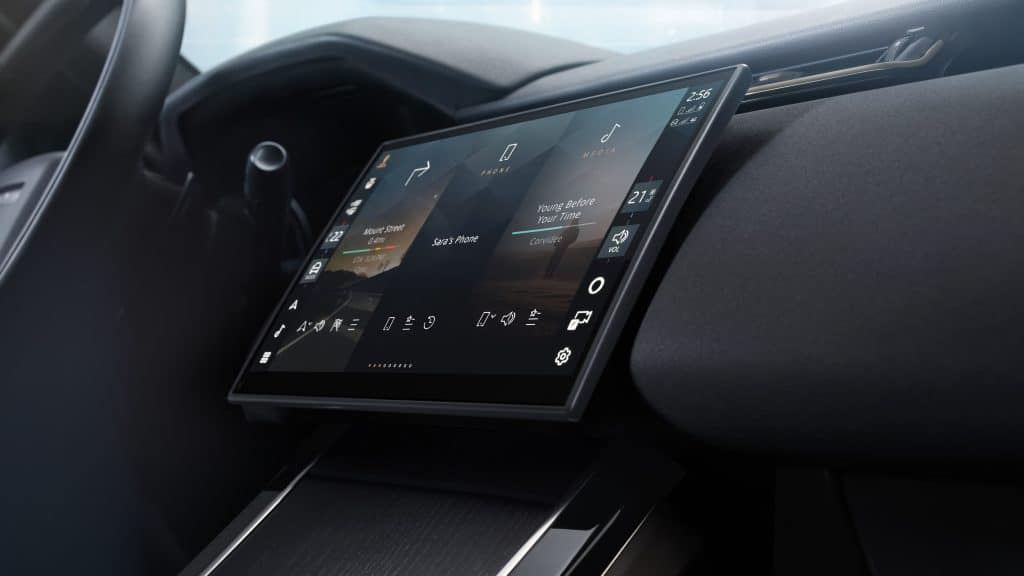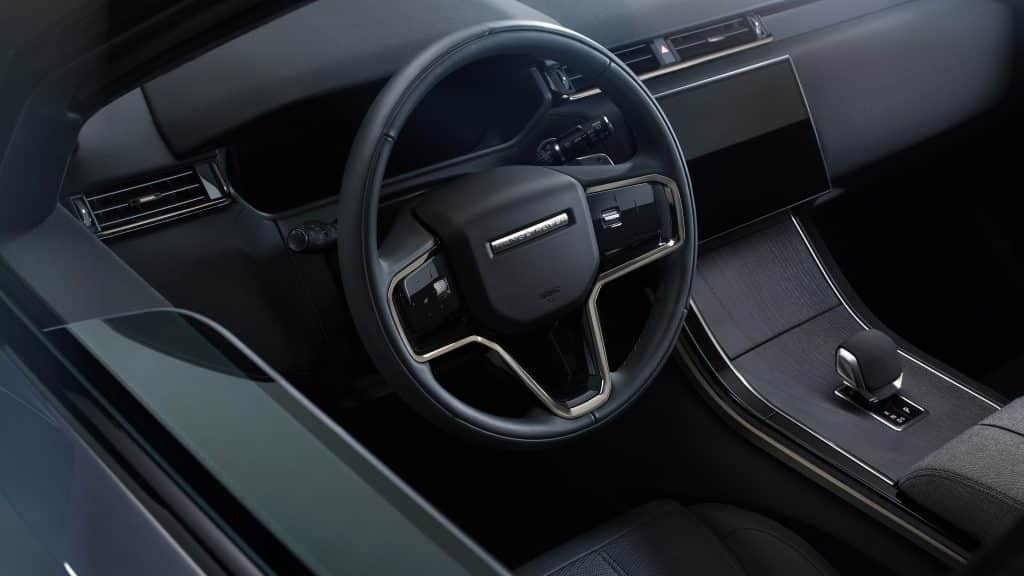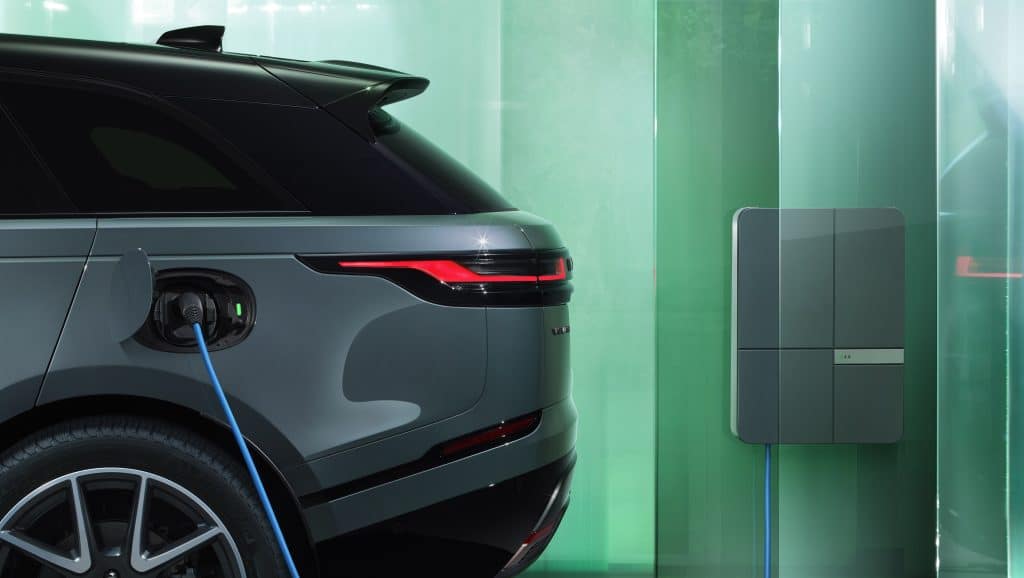The Range Rover Velar is the elegant middle sibling of the Range Rover family – the car that’s equally at home in the city or on the highway. Now Land Rover’s elegant luxury SUV has been given a facelift. Perhaps it’s a final polish before the electrification that Jaguar Land Rover (JLR) says will begin in 2025.
Exterior & interior

In 2017, the Range Rover Velar was the first model to feature Range Rover’s new sleeker design philosophy. When it arrived, the car was already a head turner and there isn’t much to improve. Wisely, only minor updates have been made, such as a new front grille and Pixel LED headlights.
Inside, the biggest change is that two smaller touchscreens become one large ‘floating’ touchscreen. It’s a trend introduced by Tesla and adopted by an increasing number of car manufacturers. The 11.4-inch screen comes with the new generation of JLR’s Pivi Pro media system, which supports both Apple CarPlay and Android Auto.
Controls for climate, seats and audio volume are always visible on both sides of the screen. These virtual buttons are always visible and provide immediate access to frequently used functions such as individual temperature settings, volume and driving modes. At the start of each trip, the driver is also presented with shortcuts to popular functions, such as windshield dehumidification and seat heaters.


The Range Rover Velar comes with new Active Road Noise Cancellation technology. The technology detects incoming frequencies and automatically processes them through the car’s audio system, reducing noise in the cabin by at least 4 dB – the equivalent of turning the volume down four notches. According to JLR, this makes the Velar the quietest car in its class.
Other changes include the possibility of ‘over-the-air’ updates, which means that the car’s software can be updated without a workshop visit, wireless charging of the mobile phone and advanced air purification in the cabin.
As befits a Range Rover, there is a solid range of exterior colors and interior choices. The color scheme is very sober, with shades of grey and brown. In addition to leather, there is also a synthetic option with a wool blend from Danish company Kvadrat.
Prestanda

The Velar is available as a petrol, diesel and electric hybrid. Both the petrol and diesel variants are mild hybrids, i.e. when braking, some of the car’s energy is recovered and can then be reused for acceleration, for example. The Velar is not exactly fuel-efficient, but if you choose the smaller diesel engine, you can get down to 6.4 l / 100 km. Acceleration is then a moderate 8.2 seconds from 0-100 km/h.
The P400e electric hybrid has been given a larger 19.2 kWh battery, which should last 64 km – enough to run the Range Rover Velar entirely on electricity on an average day, according to JLR. The electric motor also gives the car plenty of acceleration, with 0-100 km/h in 5.5 seconds. The battery can be fast-charged at 50 kW DC, which should only take 30 minutes to reach 80%.
The Velar comes with an eight-speed automatic transmission and four-wheel drive as standard on all models.

